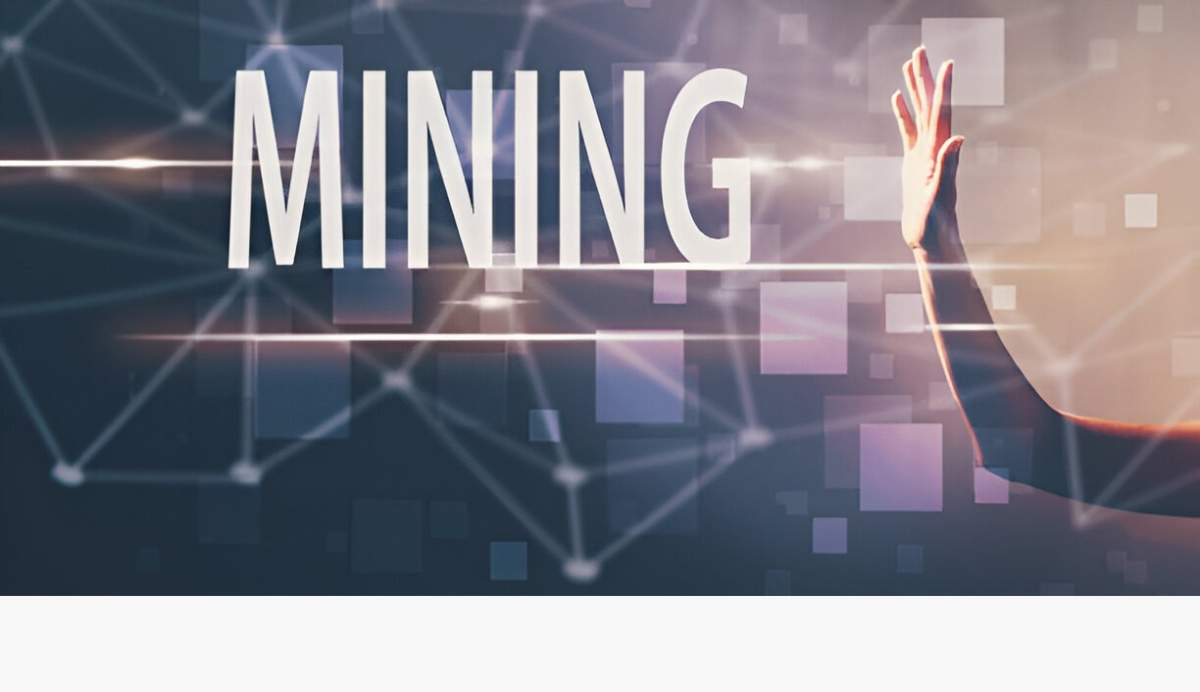Process mining is currently experiencing a very rapid growth trajectory that is anticipated to continue through 2025. The benefits of this technology are numerous, from saving companies both time and money and enabling better team cooperation. In addition, process mining has also become more lightweight, simple, and smarter to handle. However, that’s simply the beginning.
If this is the first time you’ve come across the term, don’t worry. In this blog, we will explain all the details to you. You will learn what process mining is, how it differs from task mining, and where this new tech is headed in the future.
Let’s get started.
What is Process Mining?
Process mining assists in closing the gap between the way activities are supposed to be executed and the way they are executed in the practical world of doing business and/or IT operations. Suppose you are in a bakery business, and you want to know how many days it generally takes from the one you received the order up to the point when the cake is delivered.
With your estimation, the time would be two days. However, with process mining, it could be established that the actual time is four days mostly due to the packaging process.
Process mining is a tool that uses data from your systems (e.g., order software, and delivery records) to map out steps in a process. It shows you what is effective, what is not, and where you can improve your performance.
What’s the Difference Between Task Mining vs Process Mining?
Both these terms sound similar, but they emphasize different aspects of the workflow.
Process mining observes whole processes in systems. Just imagine seeing the entire process of a product—from start to end.
Task mining zooms out the small movements employees make on their computers—such as clicking, typing, or copying files. It’s helpful to know what people are doing in their workstations.
So, when we compare Task Mining vs Process Mining, keep in mind: task mining is concerned with user activity, whereas process mining is concerned with system-level processes.
Together, they provide a complete picture of how work occurs in a company.
Why 2025 Will Be a Game-Changer for Process Mining
In 2025, process mining is not just going to improve—it’s going to evolve. Here’s how:
1. Smarter AI Will Drive Deeper Insights
AI and machine learning are getting better every day. In 2025, process mining tools will use AI to not only show what’s wrong—but to suggest smart fixes.
For example, instead of just showing that a process takes too long, the tool might say: “This step adds 2 days. Automate it using this script.”
This kind of intelligent advice will make it easier for teams to take action fast.
2. More Use of Real-Time Monitoring
Today, many businesses use process mining to look at past data. But in 2025, we’ll see more real-time process mining. This allows you to catch issues as they occur—not once they’ve done harm.
Imagine being able to see that a shipment is delayed today, rather than discovering three days later. Real-time notifications will enable businesses to correct problems instantaneously and keep customers satisfied.
3. Better Integration with Task Mining
We mentioned Task Mining vs Process Mining earlier. In 2025, these two will work even more closely together.
When combined, businesses will get a full view—from big-picture process maps to the tiny tasks that slow things down.
For example, if a system shows that invoice processing is slow, task mining can tell you it’s because employees are manually entering data. That level of detail can guide better automation and training.
4. Cloud-Based and Easy to Use
Process mining used to be something only big tech teams could use. But not anymore.
More cloud-based process mining platforms in 2025 will be user-friendly for non-tech users. With intuitive dashboards and drag-and-drop functionality, everyone from HR to finance can see and optimize their processes.
This shift will help small and mid-sized businesses benefit just like big companies.
5. Focus on Employee Experience
Earlier, process mining mostly focused on operations and costs. But in 2025, there will be more attention on how processes affect people.
For example, are employees overwhelmed by manual work? Is the software slowing them down?
By connecting with task mining and user feedback, businesses will start to improve employee experience, not just efficiency. This means happier teams and better performance overall.
6. Sustaining Support and ESG Initiatives
More businesses will emphasize being green and socially responsible in 2025. Process mining can assist here as well. It can reveal where energy is wasted, where paper is wasted, or where suppliers are not meeting their ethical requirements. This implies process mining will assist Environmental, Social, and Governance (ESG) initiatives in an intelligent, data-optimized manner.
Industries That Will Benefit the Most in 2025
While all industries can benefit from process mining, some will realize greater gains in 2025:
- Healthcare: Enhance patient pathways, shorten wait times, and eliminate admin work.
- Banking & Finance: Identify risks quicker, accelerate loan approvals, and identify fraud.
- Retail & E-commerce: Simplify delivery, minimize returns, and enhance customer service.
- Manufacturing: Enhance supply chains, minimize downtime, and enhance product quality.
As AI and automation expand, these industries are poised to push process mining to new heights.
Challenges to Watch For
Even though process mining is evolving fast, there are still some challenges to manage in 2025:
- Data Quality: You need clean, complete data for good results. Dirty or missing data can lead to wrong insights.
- Privacy Concerns: When combining task mining and process mining, companies must respect employee privacy. Clear policies and anonymized data will be key.
- Change Management: People may resist new tools or fear being replaced. Companies need to involve teams, offer training, and focus on improvement—not blame.
The Future is All About Connected Intelligence
In 2025, process mining will no longer live in a silo. It will connect with:
- Automation tools like RPA (Robotic Process Automation)
- CRM and ERP systems like Salesforce and SAP
- Business intelligence platforms like Power BI
This connected world will create a new level of process intelligence—where decisions are backed by data, and changes happen faster than ever.
Final Thoughts
Process mining is not a tool—it’s an attitude. It’s asking yourself: “How do we actually work? And how can we work better?”
As we head into 2025, this thinking will become even more robust in every team and every sector. With smarter AI, real-time data, and more robust connections between task mining and process mining, we’re on our way to faster, better, and more human approaches to work.
So whether you’re a startup, a global brand, or just someone curious about the future of work—keep an eye on process mining. Because the future is already starting to take shape.











Leave a Comment